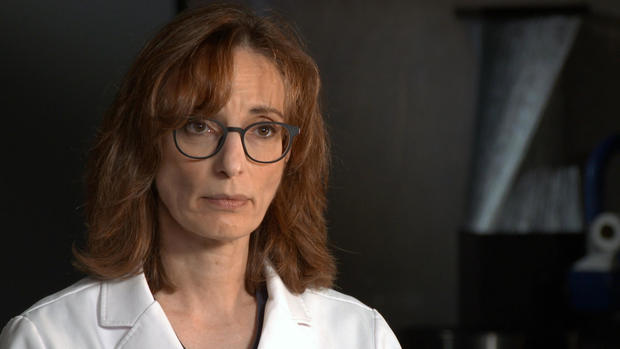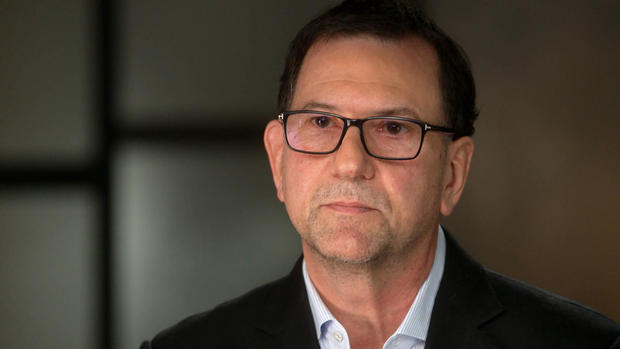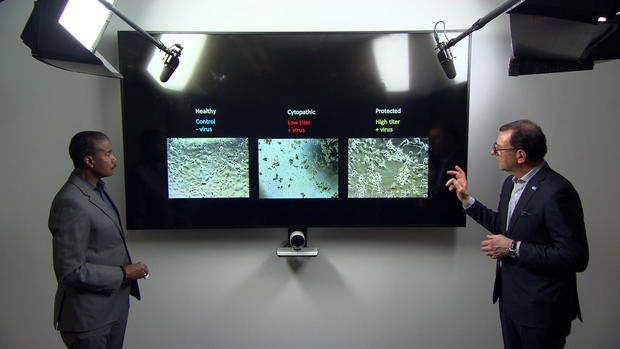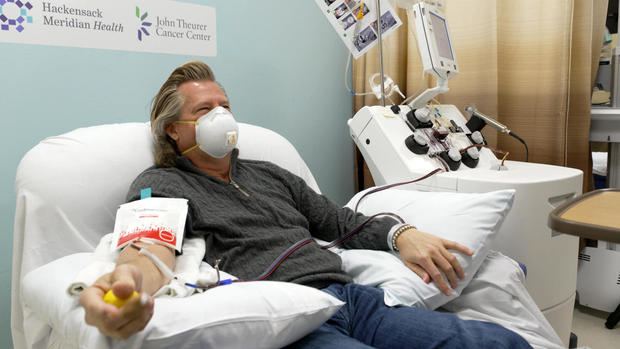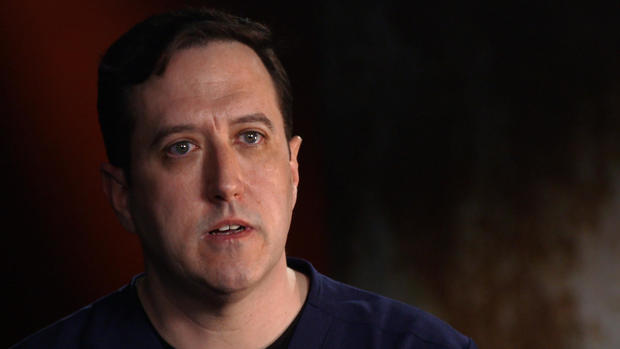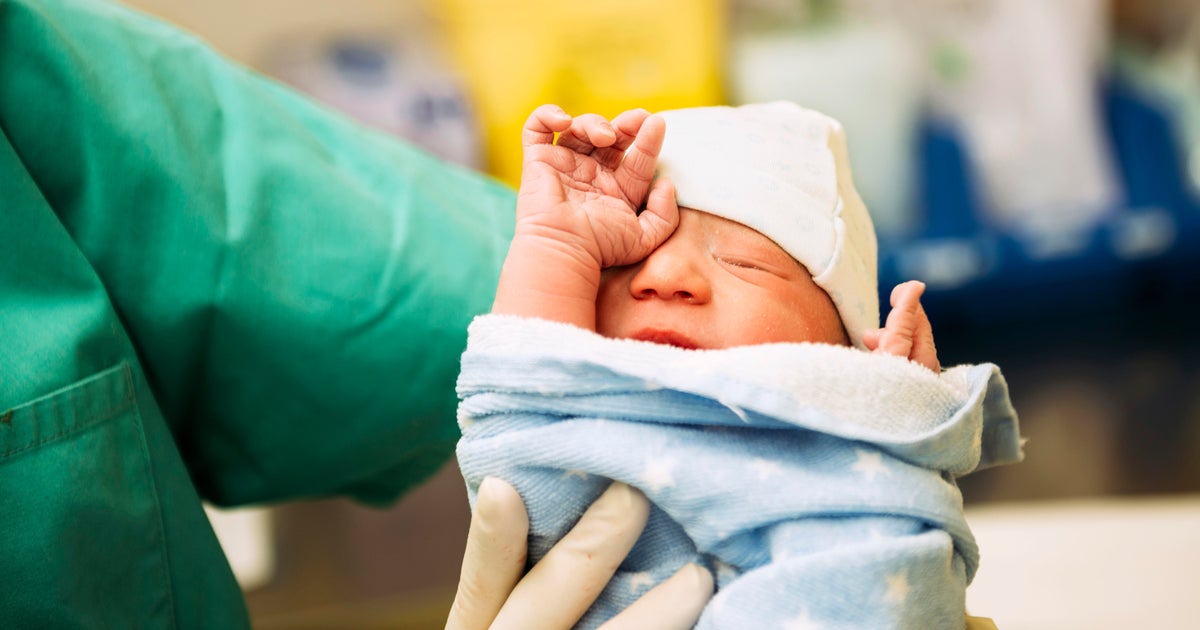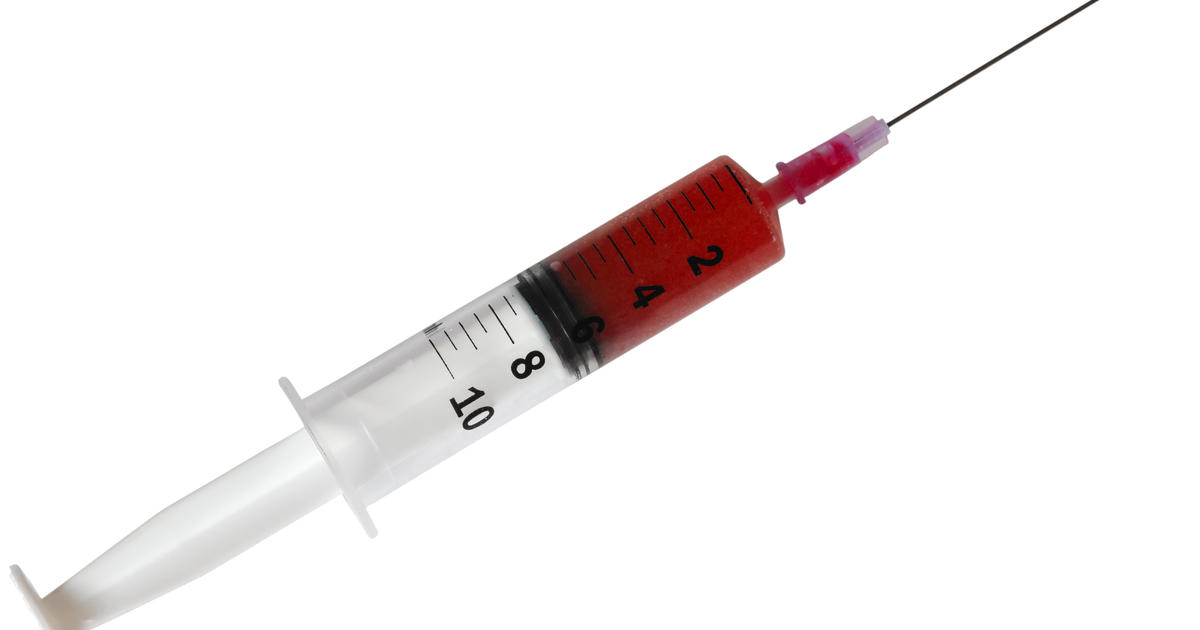Inside a convalescent plasma therapy program treating coronavirus patients
This past week, America passed a grim marker. More than 100,000 people have now died of COVID-19. Until there are new drugs available to treat it, experimental therapies remain the only option. One currently being tested at numerous hospitals is actually very old, more than 100 years old. It's called convalescent plasma therapy. It relies on blood plasma from people who have recovered from disease, whose immune systems have produced virus-killing antibodies. The plasma is given to ill patients and has been shown to speed their recovery. At the peak of the COVID-19 pandemic in New Jersey, Hackensack University Medical Center, rushed to stand up a distinct plasma study of its own, zeroing in on donors with the most potent antibodies. It began April 4 and we joined them just days later to witness their breakneck battle against this deadly disease with the promise of plasma.
It's early evening in Hackensack, New Jersey – just a 30 minute drive from midtown Manhattan. Medical oncologist Michele Donato, the principal investigator of the therapeutic study is armed with an arsenal of donated blood plasma loaded with potent antibodies.
Dr. Donato is engaged in an all out battle to save patients, who have been flooding the hospital for two months now from the relentless onslaught of the killer virus. This is what hope looks like in the depths of despair.
Bill Whitaker: You're watching this unfold in real time.
Dr. Michele Donato: Yeah.
Bill Whitaker: What's-- what's that like for you?
Dr. Michele Donato: It's really terrible. I mean, we wanna get outta this. And maybe there's fewer patients coming into the hospital. But they're still suffering. They're still dying. We have to find a solution. I think we're just a piece of that puzzle.
David Perlin: Until we have an effective vaccine we're going to take the position that we need drugs. And right now, our best drug is the one that's manufactured by those patients and those individuals who have recovered from this disease.
David Perlin is a biomedical researcher and chief scientific officer at Hackensack Meridian Health Center for Discovery and Innovation. He has traveled to hot zones around the world responding to infectious disease outbreaks, including SARS-1 and pandemic flus. He's also Dr. Donato's partner in this search for something to fight this virus.
Bill Whitaker: There are other therapies being tested out there. Why did you decide to focus on plasma therapy?
David Perlin: If you're looking for something that you know is antiviral, antibodies we know are antiviral. It's just a question of how do we identify those individuals who are producing high quality antibodies that either kill or neutralize the virus.
In early April, David Perlin and Dr. Donato got expedited approval from the Food and Drug Administration to start their study to collect and test the most powerful antibodies against the virus.
Bill Whitaker: What makes what you're doing here unique?
Dr. Michele Donato: So what we wanted to see is can we handpick the best donor? See, in transplant, we handpick the best donors for leukemia all the time. So let's do the same thing for plasma. So we select donors who appear to have had the best immune response.
As chief of stem cell transplantation and cellular immunotherapy at Hackensack's John Theurer Cancer Center, Dr. Michele Donato has spent her career matching donors to recipients for stem-cell transplants, years of experience fighting cancer she's now using to combat this novel coronavirus.
Bill Whitaker: Who are the best donors?
Dr. Michele Donato: It looks like about 20% of people have really, really an extraordinarily good immune response. And what we're looking at is if giving a quantity of neutralizing antibodies is the best way to approach it. But that's what this study will tell us.
So far, thousands of COVID-19 survivors have offered to donate plasma for the Hackensack University Medical Center's study, but fewer than one-third of them have qualified. Each donor must meet the threshold of having no remaining trace of the virus and they must produce an extraordinary number of antibodies that kill the virus. It's like finding a needle in a haystack and David Perlin is finding and testing those antibodies in a secure level 3 biocontainment lab designed to work with highly contagious pathogens.
Bill Whitaker: Are you working with other viruses now or is this just for COVID-19?
David Perlin: Just COVID-19 right now.
Down the hall, we were able to see what the research scientists saw, but without having to don space suits. In the first slide are healthy cells; in the second, those cells have been ravaged by the coronavirus. The third shows what happens when the potent antibodies are introduced. The virus appears to be vanquished.
Bill Whitaker: So what does that tell you?
David Perlin: This tells me I have an antiviral. Antibodies that have the potential to be protective, this is what I want. I want these antibodies at a high level that we can then use for our therapy.
David Perlin's lab delivers a list of potential donors to Dr. Donato's inbox. She huddles with staff to review possible recruits.
A steady stream of plasma donors has been rolling up to Dr. Donato's clinic. One by one they're hooked up to a machine that spins and separates their blood cells in a process called plasmapheresis. What's left is this gold-colored liquid: plasma. It's mostly water and, in this case, millions of antibodies. Donors are rated on a scale of one to four stars. The small number of recovered COVID-19 patients, who produce antibodies 10, 30, even 50 times more than others, are called "super donors."
We watched, as Dr. Donato's team drew the precious fluid they call liquid gold from one super donor at a time.
Bill Whitaker: What was going through your mind?
Dr. Michele Donato: "Gosh, I hope his vein's good enough."
Bill Whitaker: The basics.
Dr. Michele Donato: The basics.
We met some of her super donors. Each had different COVID-19 symptoms, but they all wanted the same thing: to help.
Dan Walsh is a retired currency broker.
Dan Walsh: Oh, it's great. I think it's great. Like, it gives me bragging rights to my friends. (LAUGH) I say, "I saved a life. You didn't do anything today." (LAUGH)
Rick Loshiavo is an investment manager.
Rick Loshiavo: I mean, there's nothing I've done in my life to have these antibodies, But the fact that I have them maybe I was blessed with them to help somebody.
Christopher Jordan is a civil engineer.
Christopher Jordan: I just feel like we should do this like we should be giving back during these kinda times. like if you can help your neighbor, help your neighbor.
Walter Dimatia is a fabricator.
Walter Dimatia: It'd be a great feeling to know that I helped someone, absolutely. I hope it does.
Each donor provides one half liter of plasma to go to one COVID-19 patient. Dr. Donato is testing whether the best chance of recovery depends on timing: when the patient receives the powerful antibodies. She's focused on a crucial window, the gap between infection and the virus taking over the body.
Dr. Michele Donato: It's during that gap that the virus causes damage. The virus invades the cells. It invades the lungs, and it causes tissue damage. From tissue damage, there's a cascade of inflammation that then follows. And that's what makes the patient so sick. So by preventing the virus from invading the tissues, invading the lungs, you help prevent that second wave of inflammation.
Bill Whitaker: How quickly do you expect patients to respond to this therapy?
Dr. Michele Donato: A few days.
Bill Whitaker: A few days?
Dr. Michele Donato: Three, four, five days.
The 15th patient in the study was a gravely ill 37-year-old construction worker and father of five, Segundo Guaman. Dr. Donato told us she administered the plasma hoping to keep him off a ventilator, often the hospital's last tool. We agreed not to show the faces of ill patients. This footage was shot by the hospital staff photographer.
The next day, Dr. Donato delivered the promise of plasma to Jose Ramirez, a 49-year-old father of three who manages a New Jersey bagel factory. He had been in the COVID unit for a week.
No one knows better what these patients are going through than Robert Robinson, a 44-year-old nursing director in the hospital's emergency department. He described the virus washing over New Jersey like a tsunami and patients flooding his ER.
Rob Robinson: In the beginning, they would trickle in. But it started to go to, like, ten, 20. There was w-- one point we would get 25 in an hour that were coming in.
He was felled by the virus in March and ended up in his own hospital. He told us he was close to death.
Rob Robinson: They told me, "You're lucky that we-- you were able to pull through-- It was close."
Before the plasma therapy study was up and running, Robert Robinson recovered and was welcomed back by his colleagues. He offered to donate his plasma because he believes in the value of this therapy.
Bill Whitaker: What do you hope to happen?
Rob Robinson: I hope we start to get patients discharged sooner and healthier. I hope it works. I pray it works.
And it's showing early promise for many of dr. Donato's patients. Remember Segundo Guaman?
He was one of Dr. Donato's critically ill patients, he was close to being put on a ventilator before he got an infusion of antibodies. She was amazed at how he responded.
Then we got to witness this. Jose Ramirez, the bagel factory manager, spent 11 days in the COVID unit. Four days after receiving the antibodies, he was reunited with his daughter.
Jose Ramirez: I feel much better. I can feel my lungs opening.
Bill Whitaker: If you were to meet the donor, what would you say to him or her?
Jose Ramirez: Save my life. Thank-- and God bless him.
So far, 31 of the 46 patients who received plasma in this study appear to have recovered more quickly than those who didn't. David Perlin cautions the study is a first step, and more rigorous trials are needed, but he is encouraged by the early results.
Bill Whitaker: You're not seeing that with the general population?
David Perlin: Oh, definitely not. I mean, to go from being critically ill to going home is pretty dramatic. We don't typically see that now.
Bill Whitaker: Based on what you have seen so far, what does your gut tell you?
David Perlin: My gut says that this is going to work. The initial response of the patients is incredibly encouraging. But as a scientist, I'm trained to be cautious. And so right now this is our best approach, we are going to take it, we'll be aggressive with it but we'll see how patients respond.
Produced by Michael Karzis, Julie Holstein and Howard L. Rosenberg. Associate producer, Megan Kelty. Broadcast associates, Emilio Almonte and Mabel Kabani. Edited by Craig Crawford.
